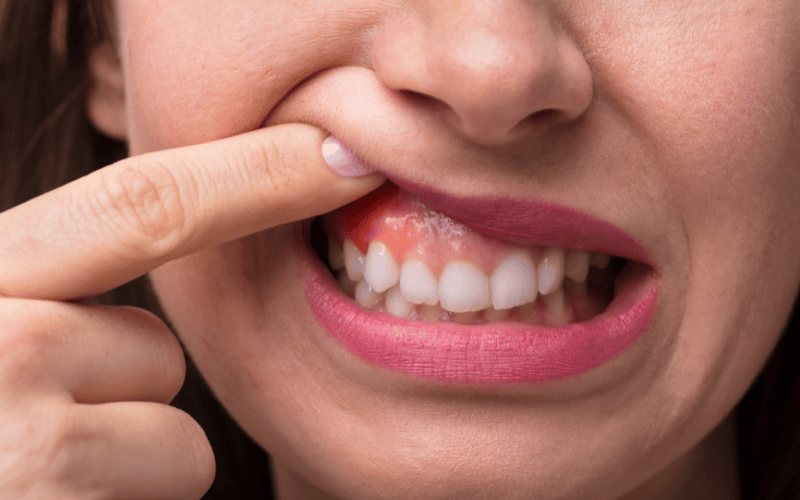Introduction: Getting to Know Noma Disease

Predominantly affecting children under the age of 12, this disease often targets those in impoverished conditions. Imagine a child dealing with not just the struggles of poverty but also facing a medical condition that can literally eat away at their face. The thought itself is gut-wrenching, making it crucial for even the common layperson to be well-versed in the symptoms of this disease.
Now, you may wonder why this condition isn’t making headline news if it’s as severe as described. Well, the reason is simple yet sad. Noma primarily targets marginalized communities where healthcare is scant and education about such diseases is even rarer. This makes the condition not just a health issue but a social and ethical dilemma as well.
The good news? Knowledge is power. Understanding the symptoms of Noma disease could be a game-changer in early detection and effective treatment. By identifying the disease in its early stages, there’s a chance for successful intervention, thus dramatically improving the odds of survival and lowering the risk of disfigurement.
In the following segments, we’ll delve into the 10 key symptoms of Noma Disease. From swelling in the gums to more severe indicators, this article aims to equip you with the knowledge to recognize this severe condition early on. Stay tuned for detailed insights that could potentially save a life.
1. Swelling in the Gums: The First Red Flag of Noma Disease

Swelling in the gums isn’t just another dental woe. When it comes to Noma disease, this symptom serves as an early warning sign. Imagine a slightly painful, inflamed area that seems innocuous but might spell disaster in the absence of prompt action. Now, picture this issue intensifying, making simple tasks like eating and talking a chore.
The swelling often commences as a minor issue. At first glance, it might even appear benign. It could be a small bump or a minor puffiness, nothing that screams urgency. But as the hours pass, this seemingly trivial condition balloons into a full-fledged, painful ordeal. At this point, it’s not just your gums; your entire mouth feels under siege.
But what distinguishes Noma-related gum swelling from standard oral issues? The short answer is the speed and intensity of the swelling. In less severe conditions like gingivitis, the swelling is gradual and often accompanied by other symptoms like bad breath and tartar. However, in Noma, the inflammation is a vanguard, a fast-escalating crisis, often zooming from mild to severe in a matter of hours. (1)